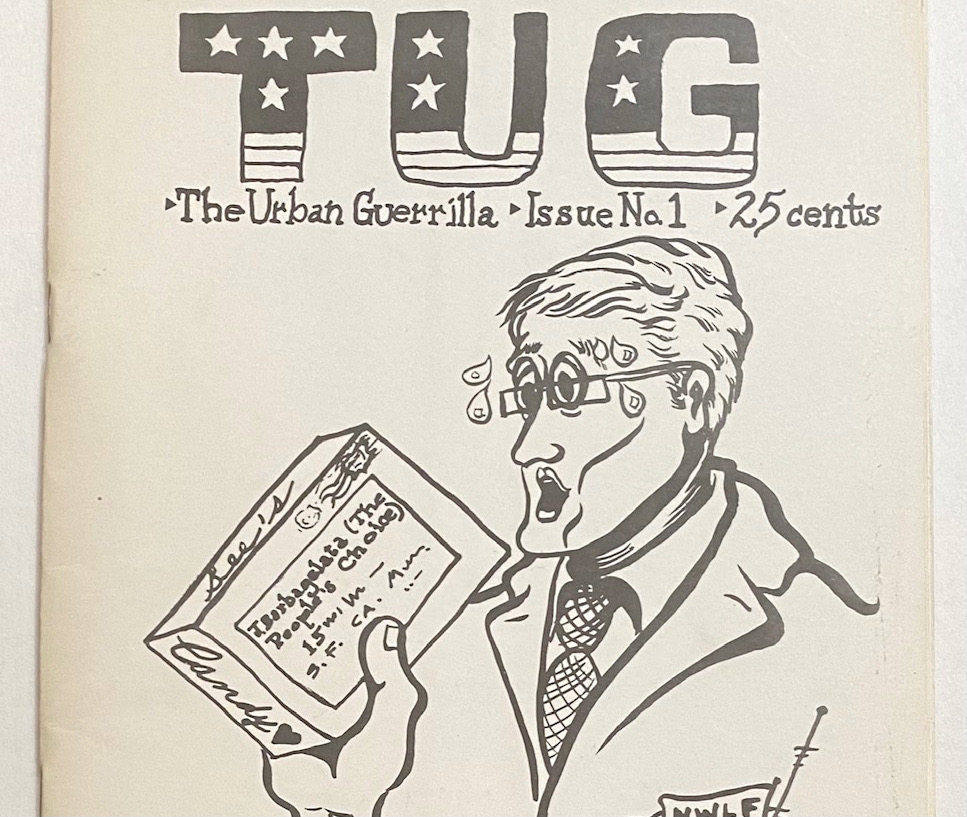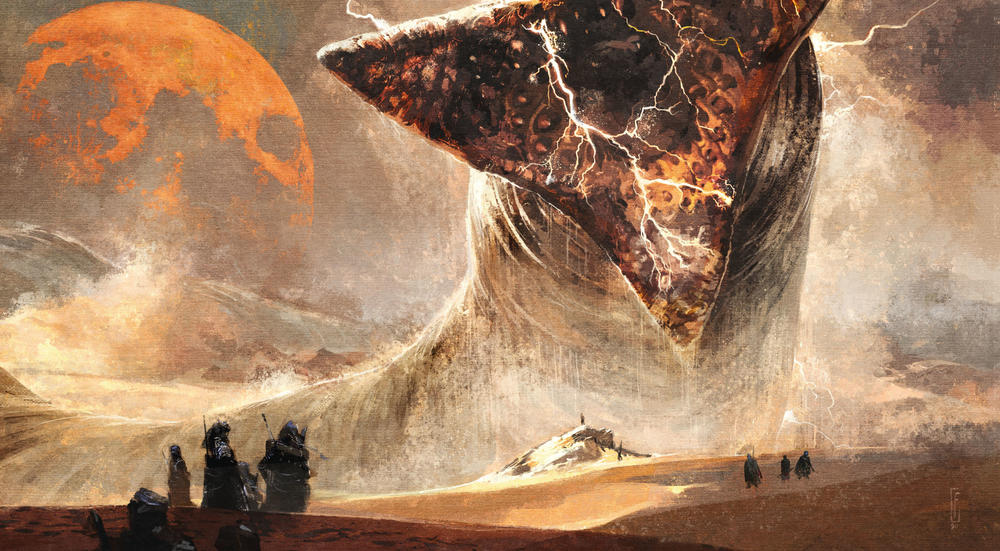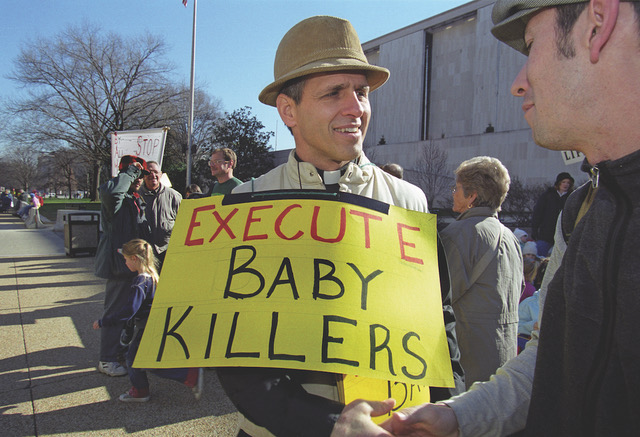
When looking back at the recent history of terrorism in the United States, the 1970s never fail to disappoint. This week we get a look at one of the most prolific, and probably least remembered, domestic terrorist groups in American history.
While some leftist radical groups of the 1970s, like the Symbionese Liberation Army and the Weather Underground, are still well known today, thanks to numerous books, articles, and films about them, the subject of today’s look back dwells in obscurity, despite waging a four-year bombing campaign across the western United States targeting government offices, businesses, and utilities. The New World Liberation Front, from 1974 to 1978, carried out nearly 90 separate attacks, mostly in the San Francisco Bay Area.
A 1977 article in the publication Open Road, described the group this way:
The New World Liberation Front, a Marxist-Leninist-Maoist organization which has carried out an uninterrupted urban guerilla offensive around the Bay Area and Northern California for almost three years, may well be the most tactically advanced guerilla group in the United States.
The NWLF first appeared … with a bombing in September, 1974, directed against a San Francisco stock brokerage firm. From the beginning, the NWLF has distinguished itself from most other guerilla organizations in the U.S. by two characteristics. First, although the bomb has remained its primary weapon, the NWLF’s attacks have been focused mainly on local, concrete political issues rather than abstract symbolic protest; and, second, the group has made extensive use of a demand strategy, that is, revolutionary extortion.
As far as its paramilitary activities are concerned, the NWLF has a record of success which verges on the astonishing. The organization has carried out almost fifty successful bombings, including power stations, banks, office buildings and motor vehicles, without causing a single injury to anyone. Even more amazing is the fact that in the process of all these actions, not one underground member of the organization has ever been identified or apprehended.
This is one of the enduring mysteries surrounding the NWLF. Federal and local law enforcement were baffled by the organization. They had no idea how large the organization was, how it was funded, or how it acquired the explosives used in its attacks. While the group remained steadfastly underground, it did have an above-ground public facing outlet for its frequent communiques and statements. This was dubbed Public Information Relay-1 (PIR-1), which published its own journal, The Urban Guerrilla, competing against other leftwing media to be the go-to mouthpiece of the Bay Area radical left.
Interestingly enough, the core group of the NWLF, whoever they were, may have operated on something like a franchise basis, allowing other leftist terrorist groups to carry out operations under the NWLF name. A long discussion of the NWLF published several years ago at the blog acromaticonline, put it this way:
This suited the agenda of the NWLF perfectly. One of the primary drivers of the group had been to make itself appear bigger than it was. Any radical guerilla operating on US soil was free to utilise the NWLF [name] provided that its goals were in accord with those of the group.
It is also not entirely clear why the group ceased its activities. The Open Road article from 1977, however, may provide some clues. Apparently the NWLF was making itself increasingly unpopular among the ranks of the radical left through its strident communiques and pronouncements on revolutionary theory by its Central Command. These were often highly critical of other leftist radical groups and especially their unwillingness to fall into step behind the NWLF’s leadership.
Then, as the radical left began to embrace new causes in the post-Vietnam War period, NWLF denounced them, at the cost of sympathizers and potential supporters:
The NWLF particularly outraged large segments of sympathizers, though, with a series of statements in mid-1976 on the role of feminism and homosexuality in the revolutionary movement. These edicts, passed down from the Central Command, relegated feminism and the struggle against sexism to a position subordinate to the economic struggles of poor and working people. The gay movement was essentially denounced as being entirely reactionary, the outgrowth of a petit-bourgeois sexual perversion. This “more oppressed than thou” position met with almost total condemnation from other revolutionary people and organizations.
In short, the NWLF had hoped to be the vanguard of a revolutionary movement, but few people were willing to join the revolution. And now today’s look back.
- Nov. 10, 1977 — Rodeo, CA: Members of the New World Liberation Front carry out a bombing attack against Union Oil’s San Francisco refinery facility. No one was injured in the attack, and the extent of damage done to the refinery is not known.


